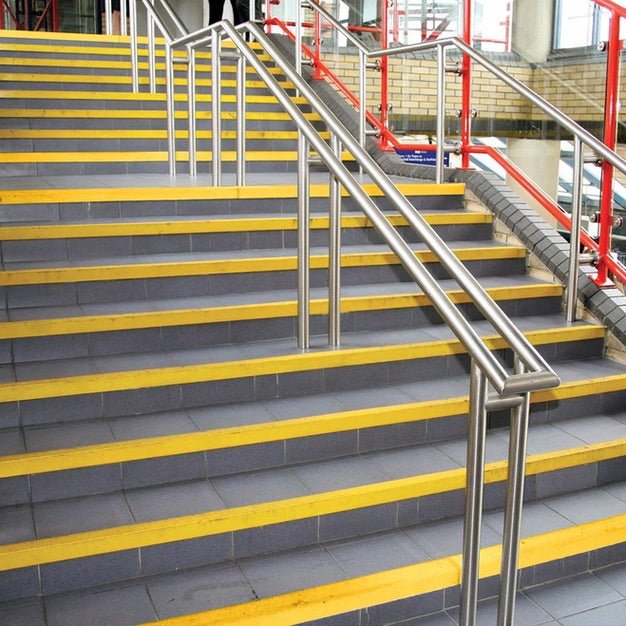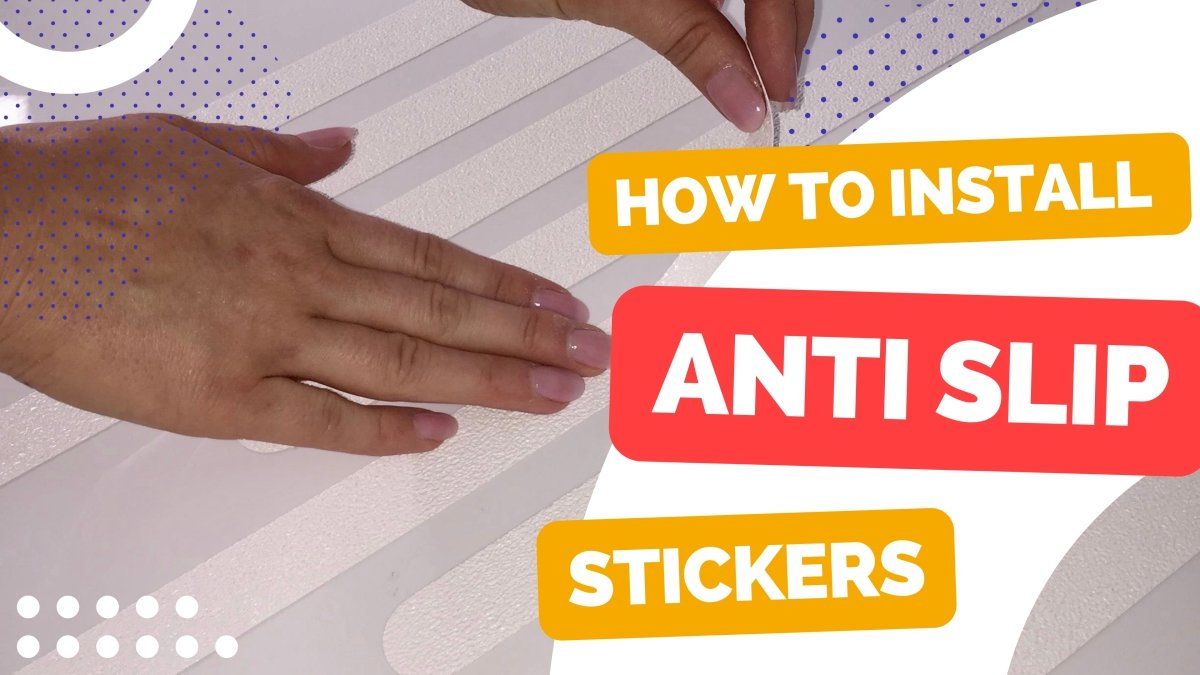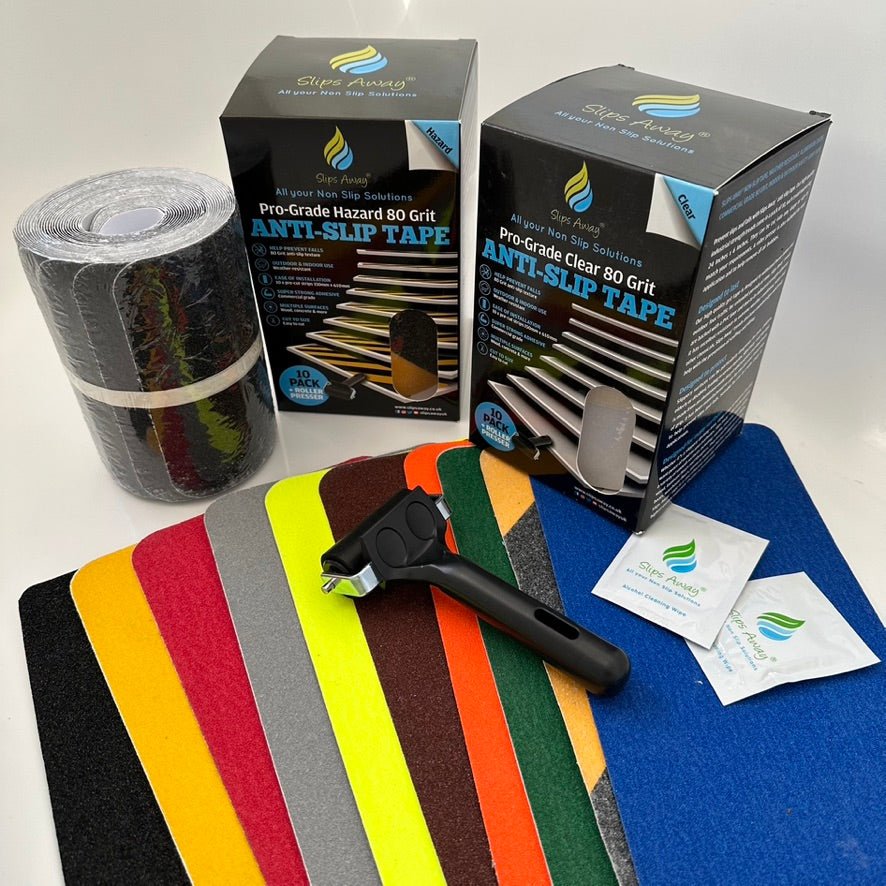Stair safety is a critical consideration in any building or facility. Slippery stairs can lead to accidents and injuries, making it essential to implement measures to reduce the risk of falls. One effective solution is to install GRP (Glass Reinforced Plastic) nosing strips on stairs. In this blog post, we will delve into the details of GRP nosing strips for stairs, exploring their features, benefits, installation, and maintenance.
Features of GRP Nosing Strips
GRP nosing strips are made from a composite material known as Glass Reinforced Plastic. This material consists of a mixture of glass fibres and plastic resin, resulting in a strong and durable product that is resistant to wear, weather, and chemicals. Here are some key features of GRP nosing strips:
- Slip Resistance: GRP nosing strips are designed to provide excellent slip resistance, reducing the risk of slips and falls on stairs. They typically feature a textured surface that offers enhanced grip, even in wet or slippery conditions. This makes them ideal for high-traffic areas or outdoor staircases that are exposed to the elements.
- Durability: GRP nosing strips are highly durable, with a long lifespan and resistance to wear and tear. They are resistant to corrosion, rot, and UV radiation, making them suitable for both indoor and outdoor use. They are also resistant to chemicals, making them ideal for installation in industrial or commercial settings.
- Visibility: GRP nosing strips are available in various colours, allowing for easy visibility and enhancing stair safety. They can be installed in contrasting colours to create a visual contrast with the stair surface, making the nosing strips highly visible and helping users identify the edge of the steps.
- Customisation: GRP nosing strips can be customised to suit the specific requirements of your stairs. They are available in various lengths, widths, and thicknesses, allowing for a tailored fit to your stairs. They can also be cut to size during installation to ensure a perfect fit.
Benefits of GRP Nosing Strips
Installing GRP nosing strips on stairs can offer several benefits, including:
- Improved Safety: The primary benefit of GRP nosing strips is enhanced safety on stairs. The slip-resistant surface reduces the risk of slips and falls, providing a secure footing for users, especially in high-traffic areas or outdoor stairs that are exposed to the elements. This can significantly reduce the likelihood of accidents and injuries, making stairs safer for everyone, including children, elderly individuals, and people with disabilities.
- Compliance with Building Regulations: Many building codes and regulations mandate the use of slip-resistant nosing strips on stairs to meet safety standards. GRP nosing strips are designed to comply with these regulations and can help ensure that your stairs meet the required safety standards.
- Longevity and Low Maintenance: GRP nosing strips are highly durable and require minimal maintenance. They are resistant to wear, weather, and chemicals, making them suitable for long-term use. They do not require painting or sealing, and they are easy to clean with just soap and water, reducing the need for regular maintenance and upkeep.
- Versatility: GRP nosing strips can be installed on various types of stairs, including concrete, timber, steel, and composite stairs. They can be used in a wide range of environments, including residential, commercial, industrial, and public settings. They are suitable for both indoor and outdoor use, making them a versatile solution for different applications.
Installation of GRP Nosing Strips
The installation of GRP nosing strips is a relatively straightforward process that can be done by a professional or a skilled DIY enthusiast. Here are the general steps involved in installing GRP nosing strips on stairs:
- Preparation: Start by thoroughly cleaning the stairs to remove any dirt, debris, or existing adhesive. The surface should be clean, dry, and free from any loose or uneven materials.
- Measuring and Cutting: Measure the length of the stairs and the width of the nosing strips to determine the correct size for your installation. GRP nosing strips can be cut to size during installation using a fine-toothed saw or a cutting tool suitable for composite materials. Make sure to measure and cut the nosing strips accurately to ensure a proper fit.
- Adhesive Application: Apply a suitable adhesive to the back of the GRP nosing strips. It is recommended to use a high-quality adhesive specifically designed for bonding composite materials to ensure a strong and durable bond. Follow the manufacturer's instructions for the application and drying time of the adhesive.
- Placement and Alignment: Carefully place the nosing strips on the edge of the stairs, aligning them properly with the step edge. Press down firmly to ensure good adhesion, and use a rubber mallet or a similar tool to tap the nosing strips into place for a snug fit.
- Fixing: To provide additional support and stability, you can use screws or fixings to secure the nosing strips to the stairs. This step may not always be necessary, but it can be beneficial, especially for high-traffic areas or if required by local building codes or regulations. Follow the manufacturer's recommendations for fixing methods and spacing.
- Finishing: Once the nosing strips are securely in place, you can clean up any excess adhesive and smooth out the edges for a clean finish. If desired, you can also paint or seal the nosing strips to match the aesthetics of your stairs or provide additional protection against weather or wear.
Maintenance of GRP Nosing Strips
GRP nosing strips are low-maintenance, but regular care can help prolong their lifespan and ensure optimal performance. Here are some maintenance tips for GRP nosing strips:
- Cleaning: Clean the nosing strips regularly with soap and water to remove dirt, debris, or any spills. Avoid using abrasive cleaners or tools that may damage the surface of the nosing strips.
- Inspection: Periodically inspect the nosing strips for any signs of wear, damage, or loose edges. If any issues are detected, address them promptly to ensure continued slip resistance and safety.
- Repairs: If the nosing strips become damaged or loose, repair or replace them as needed. Follow the manufacturer's recommendations for repair methods or seek professional assistance if necessary.
- Re-coating: Over time, the slip-resistant surface of GRP nosing strips may wear off due to foot traffic or exposure to the elements. If needed, you can re-coat the nosing strips with a slip-resistant paint or coating to restore their slip resistance.
Conclusion
GRP nosing strips are an effective solution for enhancing stair safety by reducing the risk of slips and falls. They offer slip resistance, durability, visibility, and customisation options, making them suitable for various types of stairs and environments. Proper installation and maintenance of GRP nosing strips can ensure their long-term performance and compliance with building regulations. Consider installing GRP nosing strips on your stairs to provide a safer environment for users and prevent accidents and injuries. Always follow the manufacturer's recommendations and seek professional assistance if needed for installation or repairs to ensure optimal results.














